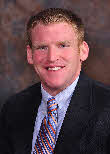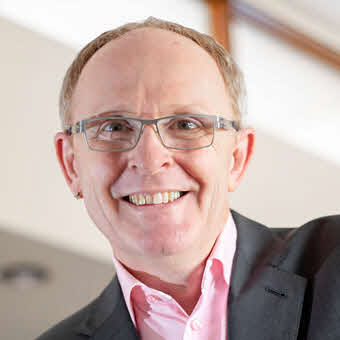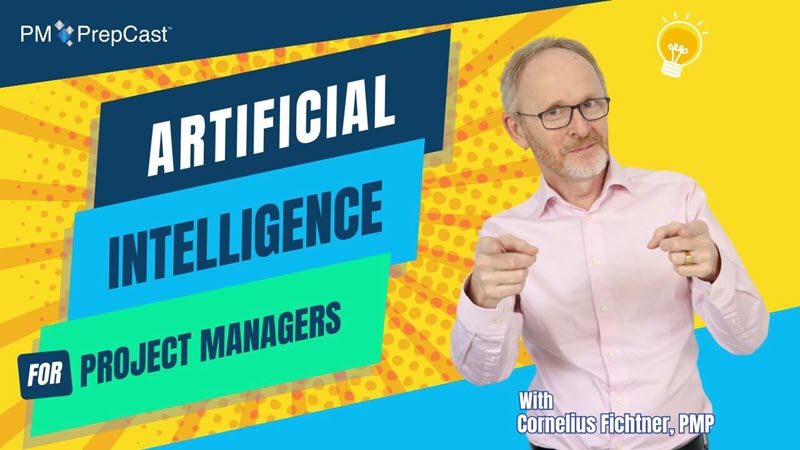Episode 216: Using Agile for Consumer Goods Development (Free)
This episode is sponsored by The PMP Exam Simulator:
 In 2001, seventeen software developers met at a ski resort in Snowbird, Utah. They all faced the same problem: the need for an alternative to the slow moving, waterfall approach to improve their software development projects and the “agile” model for software development was born.
In 2001, seventeen software developers met at a ski resort in Snowbird, Utah. They all faced the same problem: the need for an alternative to the slow moving, waterfall approach to improve their software development projects and the “agile” model for software development was born.
So, how does this innovation apply to new product development in the consumer goods industry? The benefits of the agile software development process - increased speed-to-market, reduced costs, enhanced focus, and minimized wasted time in development - apply to any development organization, whether the end result is a consumer product or software application. These gains are especially important in today’s economic climate where development budgets are constrained, competition is fierce, and expectations from both senior leaders and consumers have greatly increased.
To explore how to best do this I invited Matt Priest (www.kalypso.com) onto the program and give us his insights on the topic. He’ll not only answer all my questions but also introduce us to the three simple Agile principles that we should be using when developing new consumer goods, which are:
- engage the consumer early
- collaborate iteratively throughout the development process
- institute a closed-loop learning process
Episode Transcript
Below are the first few pages of the transcript. The complete transcript is available to Premium subscribers only.
Podcast Introduction
Cornelius Fichtner: Hello and welcome to Episode #216. This is The Project Management Podcast™ at www.project-management-podcast.com and I am Cornelius Fichtner. Very nice to have you with us.
In 2001, seventeen software developers met at a ski resort in Snowbird, Utah. They all faced the same problem --- the need for an alternative to the slow moving, waterfall approach to improve their software development projects and the “agile” model for software development was born.
So, how does this innovation apply to new product development in the consumer goods industry? The benefits of the agile software development process - increased speed-to-market, reduced costs, enhanced focus, and minimized wasted time in development - apply to any development organization, whether the end result is a consumer product or software application. These gains are especially important in today’s economic climate where development budgets are constrained, competition is fierce, and expectation from both senior leaders and consumers have greatly increased. But how do we do it?
Well to explore how to best do this, I invited Matt Priest from Kalypso onto the program and he will give us his insights on the topics. He’ll not only answer all my questions but also introduce us to the three simple Agile principles that we should be using when developing new consumer goods, which are:
- engage the consumer early
- collaborate iteratively throughout the development process; and
- institute a closed-loop learning process
And now, just build it because if you build it, they might just come. Enjoy the interview.
Podcast Interview
Female voice: The Project Management Podcast’s feature Interview: Today with Matt Priest, Consultant at Kalypso.
Cornelius Fichtner: Hello Matt and welcome to The Project Management Podcast™.
Matt Priest: Thanks, Cornelius!
Cornelius Fichtner: Out of all the topics out there, what made you choose to write about the agile development process and how it relates to the consumer goods industry?
Matt Priest: I was attending a user conference performed by Software Alliance Partners and they began talking about how they used the agile software development model to bring out the new modules and the new iterations of their users on their software.
As I was hearing this, I began to think of all the correlations between the software development model and the way in which consumer goods are developed. So after a little bit of research and a little bit of thought of some of the clients I’ve worked with, I’ve thought that this is a way in which all consumer goods company should be designing, testing and iterating their new and innovation products before they get to market.
Cornelius Fichtner: Can you briefly give us sort of an overview of the agile software development process, how it works?
Matt Priest: The agile methodology is built on the premise of adapting to the needs of your consumer in the market and constantly ensuring that the product requirements are fresh. The agile method starts by identifying the initial requirements and doing that in conjunction with the end user or on the case of consumer goods company, their actual consumer and then they quickly build a prototype and then test that right back with the consumers to see if it meets the requirements and they can continue this build, test and iterate process until their final product is built.
Cornelius Fichtner: Alright! So what’s the story behind the integration of this approach into the consumer goods industry? I mean, when and how did you realize its value?
Matt Priest: We’re working with a client that consumer goods industry and realized the way in which they build, develop and test their consumer messaging was really quite stagnant. They would go to the market and kind of develop some whitespace or see a new technology, quickly write up some consumer messaging and then that was it. That was their tagline or their messaging for the product.
We realized that the best way to get buy-in from your consumers for the marketing and the messaging you’re using is to you develop that in conjunction with them. So find out what the needs and requirements are and you have your prototype product. But also, you have to get the messaging right on that product as well and then test that with the consumers to make sure this resonate, to make sure the benefit statement you’re using or things that are going to capture their attention and get them to buy your new product.
Cornelius Fichtner: And by messaging, you’re talking marketing message or description of the product?
Matt Priest: Yeah, most consumer products have a few elements of them in their kind of marketing description, or their marketing pitch. It’s what’s the current state of the market and the accepted consumer belief; what is your problem state your consumers are facing and then on your new product that you are developing, what are the benefit statements behind that, the benefit catcher and also, what is the reason to believe that this new product will solve your previous needs or wants from where the market was lacking in the beginning.
So you take this marketing messages that you are crafting that are tagged to your prototype and you quickly do some reiteration with your consumers to find out if in the way in which you’re pitching and marketing this product is actually going to resonate with them and get them to believe in your product. So bring in the consumer end is kind of part of your test case before you go to market to well ensure that they are believing in this from the beginning.
Cornelius Fichtner: Right! So the basis for our interview here is an article that you wrote on the Kalypso, your company’s website titled “Agile Development Models for Consumer Goods, Not Just for Software Anymore” and in this article, you talked a lot about the many benefits that agile software development process has. I would appreciate if you could enumerate a bit on this and discuss a little bit speed-to-market, reduced cost, enhanced focus, these kind of areas.
Matt Priest: Yeah, what we see a lot of times is with this messaging not being crafted correctly or doesn’t match up to the prototype of the product. A lot of companies, the product may be really good but the actual consumers don’t believe it or don’t buy in to it so the product is put back in the development and they spend a lot more time either thinking it’s the products problem when really a lot of times it’s the messaging problem or it’s just not a good match on those.
So this is kind of redevelop and reiteration process that they go through. It just takes a long time to go from end to end each time. But by building in the agile development methodologies where you are constantly in review with your consumers and constantly checking the requirements and the needs to make sure they haven’t changed that you’ll understand what the consumer really wants. Build a crafted messaging in your product to meet their needs from the beginning and you’ll have quick wins and you’ll also have your quick loses so the products that you develop simply fail and don’t meet the needs of your consumers will be you’ll be done away with very quickly and you’ll continue to build on your successes to make the ultimate product.
Cornelius Fichtner: When you talk about ‘your consumers,’ are you talking about creating focus groups or using beta testers? How do you actually get the feedback because you’ve got to get the product into the hand of an actual consumer?
Matt Priest: Right! Most of the clients we work with do both a combination of qualitative and quantitative research on this. So the qualitative is just like you said, focus groups or consumer communities where you’re testing these products both from a prototype standpoint, is the product actually working?’ and then also from a messaging or a concept board standpoint to ‘would you buy this concept if you heard this campaign or you saw this product on the shelves and saw the packaging that it’s in?’. So that’s the qualitative standpoint.
And then the quantitative standpoint is there are several marketing research providers out there, Nielsen and AccuPoll and the like that they will do large-base testing on these products and the concepts to determine how many people out of a given population of certain type of consumer would buy the product.
Cornelius Fichtner: Right! The process that you go through is key as you are developing a new consumer goods and in your article, you talked about three simple principles that you should apply when you’re developing this process for yourself. Could you talk about these three principles here a little bit?
Above are the first few pages of the transcript. The complete PDF transcript is available to Premium subscribers only.
- Last updated on .
- Hits: 21132


